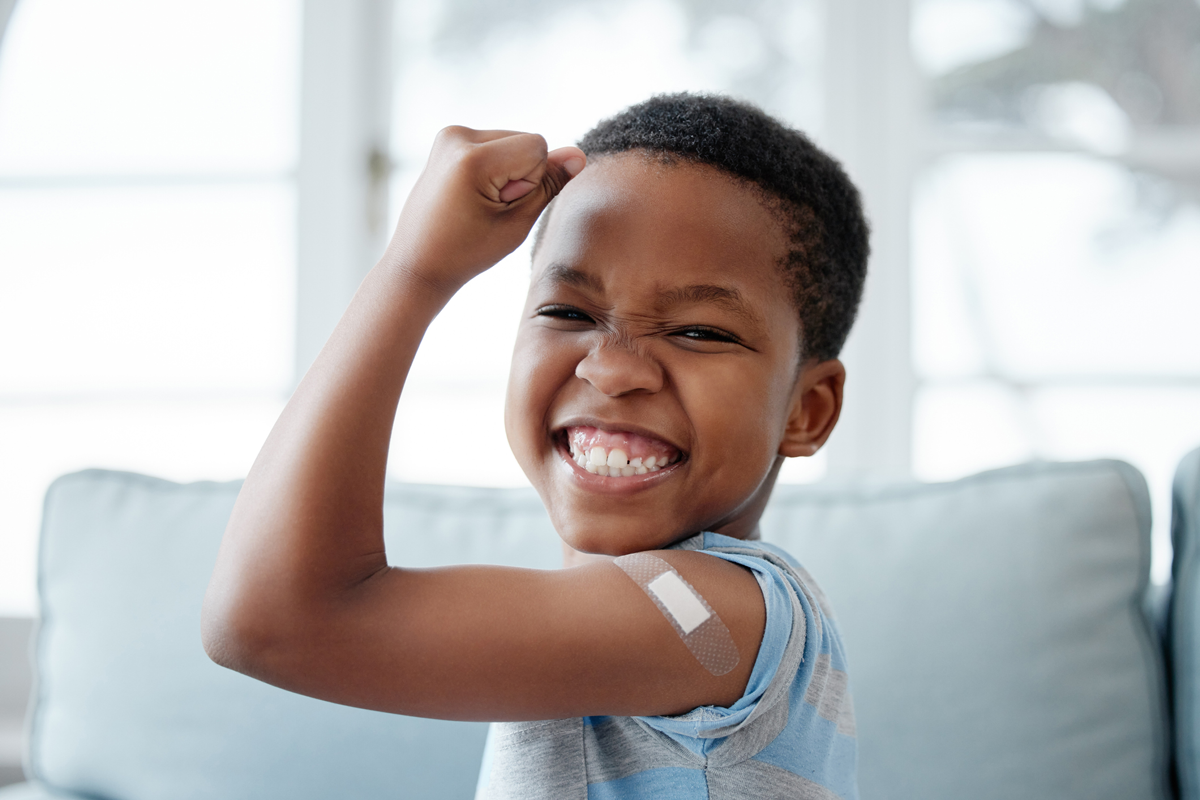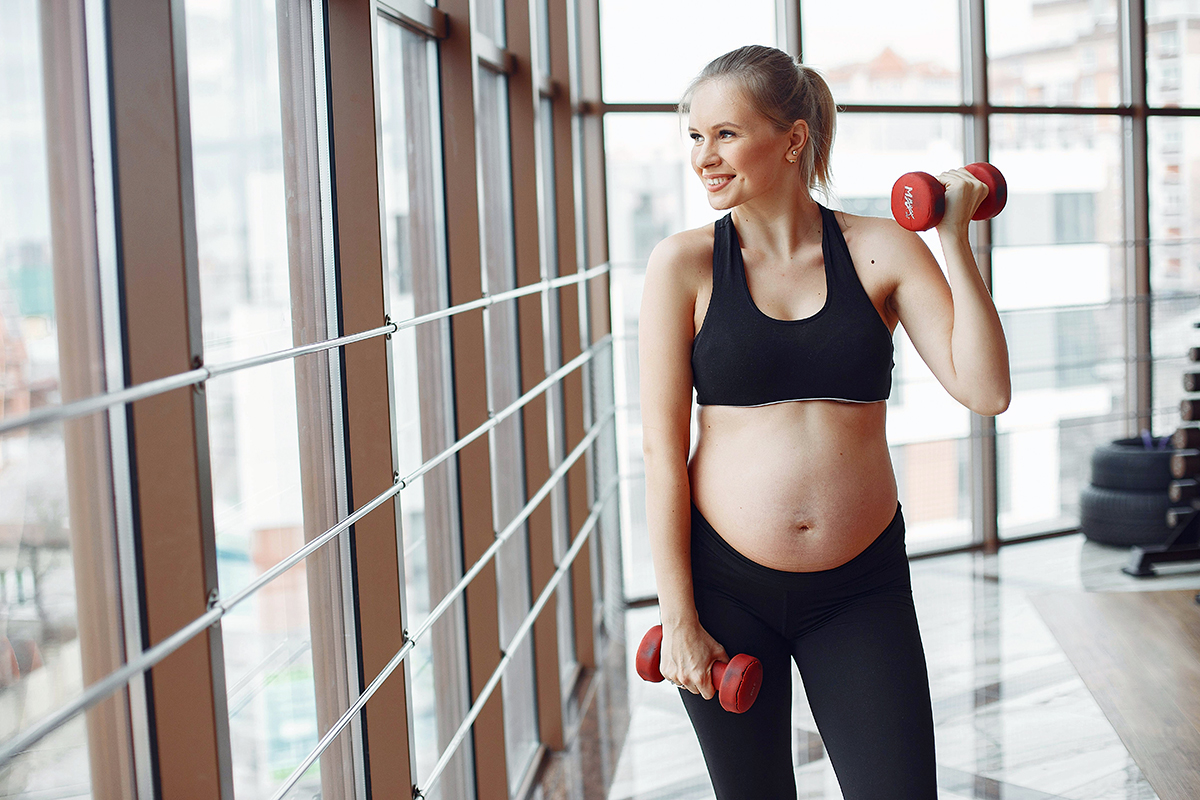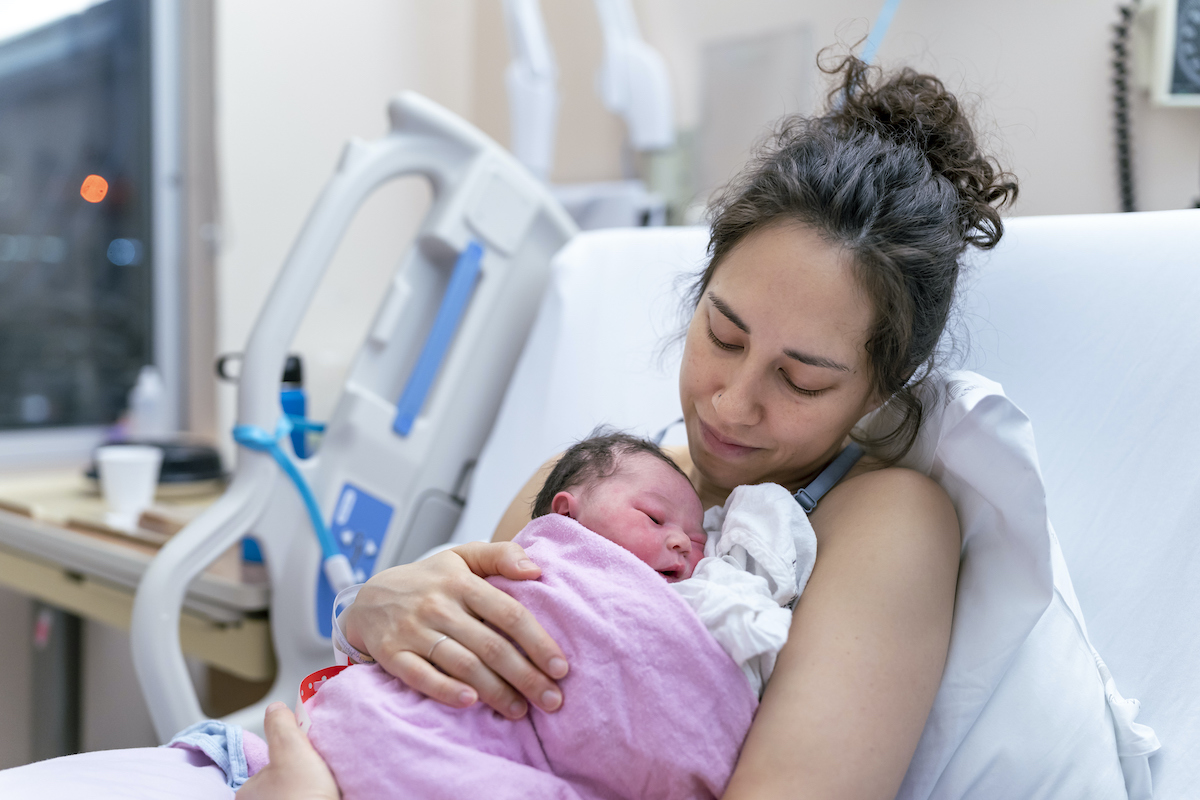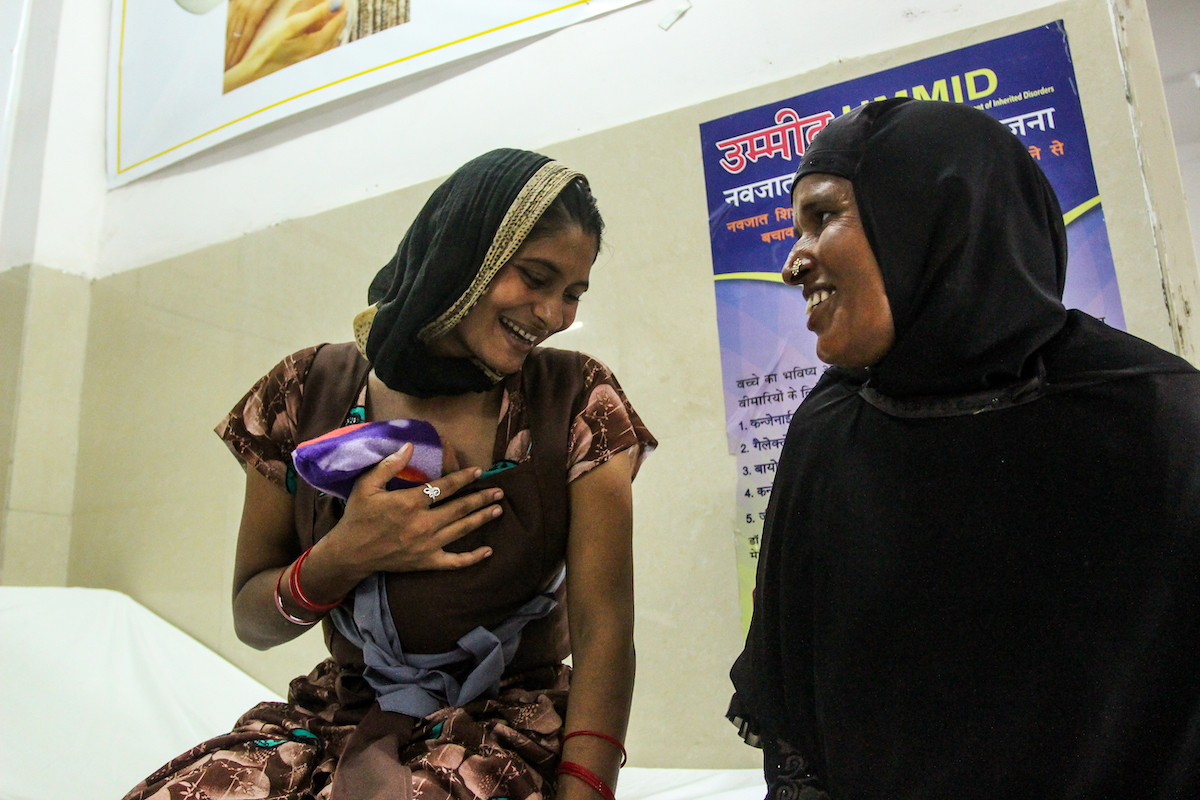I wrote Expecting Better during pregnancy and in the first year of my daughter’s life, in a period between 2011 and 2012. Much was different. There was no TikTok. Instagram was just a baby. It was the early days of the iPad, which I initially thought was a stupid idea (lesson: we’re all wrong sometimes).
Expecting Better is a book based on studies and data. And in the past decade, there have been a lot of new studies. One of the most common questions I get is: What conclusions in the book have changed over time, if any?
This is an important question, because it points to a deep reality in science: it evolves. We rarely, if ever, have perfect data to guide us, and as more research gets done, scientific conclusions can change. As researchers, and consumers of research, we have to be open to this — willing to express uncertainty and to change our conclusions (and behaviors) when new research comes to light.
At the same time, it’s also useful to recognize that many new studies do not add very much to our understanding, and do not change things very much. There is often a lot of media hype around new results, even if they have the same conclusions (and the same problems) as the results that have come before. Every time a new study shows a correlation between test scores and breastfeeding, there is breathless media coverage. But new studies of this almost always have exactly the same problems as older studies — they show correlations and not causation. A new study like that shouldn’t change our conclusions, since it doesn’t improve on what we knew before.
I’ve revised Expecting Better a number of times over the years. Each time I do, I go back to the literature, and I ask whether new studies that have come out should change the book. In the end, the places where I have made changes fall into two main categories. First, there are cases where a new study comes out that is much better than existing studies — a large randomized trial, say, where before we had only correlations. And, second, there are cases where technology evolves.
Here I’m going to talk about three specific settings where things have changed, and then wrap up with a reflection about how this teaches us to evaluate new results.
The ARRIVE trial
In 2018 the New England Journal of Medicine published the results from a large randomized trial that evaluated the relationship between labor induction and cesarean section. To this point, most of the data on that relationship had been observational — comparing induced labors to non-induced ones — and had largely suggested that induction of labor might increase the risk of a C-section.
The ARRIVE trial rejected this conclusion, finding that the induced labors were actually slightly less likely (though not significantly so) to lead to a C-section. I’ve written in more detail about this literature here, in addition to in the updated Expecting Better.
A large study like this, of which there have been a few in obstetrics, tends to really impact practice. In the period since publication, there has been a much stronger push toward routine induction at 39 weeks. Not everyone has been happy about that push, but if you’re feeling it from your doctor, this trial is why.
Back sleeping in pregnancy
By a wide margin, the most edited portion of Expecting Better is the section on sleep position during pregnancy. For background: historically, people have been given the advice not to sleep on their back during pregnancy, because of an increased risk of stillbirth.
In the book’s initial publication, I suggested that the evidence didn’t support limiting sleep position. Then, following several new small studies, I updated this to suggest slightly more caution. Finally, though, a much better study came out that did not support this restriction.
This new study wasn’t a randomized trial, but it did represent a significant improvement in methods over prior studies. Prior studies had used a “case control” method, where researchers select a group of people who have had a stillbirth, ask them questions about their behavior, and compare those to behaviors within a group without stillbirths. There are a number of issues with this methodology, so when a new study came out that followed a large cohort over time (a “prospective cohort study”), that represented a large methodological advance.
The new study showed that sleep position did not contribute to stillbirth risk, which is what Expecting Better says now (again).
Prenatal testing
A third very large change in the past decade has been in the types of prenatal testing available. When I had Penelope, there was no cell-free fetal DNA testing. The only options to test for chromosomal abnormalities were a screening test with a lot of error or an invasive testing option.
By the time Finn came around, in 2015, cell-free fetal DNA testing had hugely improved the accuracy of the non-invasive options. And now, in 2023, not only have those options continued to improve, but also there is a huge landscape of additional testing for rarer conditions (more on this here).
These prenatal testing changes have their own complexities — as rarer conditions have been added, more caution is needed in interpreting the results. But there is no question that this landscape is totally different than it was before.
Big picture
This book is one lens through which to look at the process of science evolving over time. It’s also a way to consider what we should pay attention to in scientific research — which “new studies” should get our attention.
The answer, I think, is that we should pay attention to new studies if the methods are in some way much better than those that came before. And we should pay attention when technology changes. Which, these days, seems to be faster than evidence. Conversely: we should dial down our excitement (and panic!) about new studies that do not move the needle in these ways.
Community Guidelines















Log in